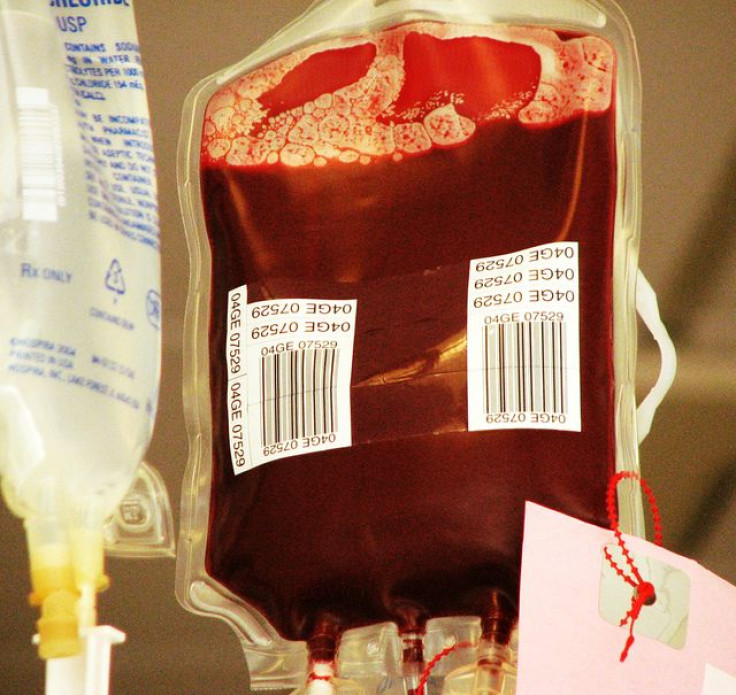Blood Transfusions Could Be Made Safer By Adding Nitrous Oxide, A Natural Gas, To The Donated Blood

Each year, up to five million Americans receive a lifesaving blood transfusion. Blood, when collected from a donor, is screened for viruses and bacteria, and if it tests positive, will not be given to someone in need of blood. However, adverse reactions to other people's blood does sometimes occur.
When blood is donated, it has been out of a body for some time. It is preserved at an optimal temperature, but its contents are somewhat different from what they were in the body. During storage, the blood loses an important gas, nitrous oxide. Nitrous oxide in the blood helps the vessels to dilate and allow blood to flow into them. Similarly, the gas can help hemoglobin molecules in red blood cells hang onto oxygen molecules in order to ensure that oxygen makes it to its intended destinations. Without the gas, vessels may not dilate enough and the blood becomes unable to deliver oxygen to the body.
Adverse reactions as a result of poor oxygen delivery are kidney failure, heart failure, and death. These adverse events happen as a result of the transfusion of stored blood often enough to cause people to think that banked blood can exacerbate one's health issues. A new study challenges that by observing the changes in oxygen delivery of blood that has had nitrous oxide added to it, or was renitrosylated, before transfusion.
The results were astounding. Ten hours after transfusion, renitrosylated blood and tissues had nearly 10 times more oxygen than blood that had not been treated. After 18 hours, the renitrosylated blood had the same, stable amount of oxygen while the untreated blood had more oxygen than before. However, this slow increase in oxygen is not favorable; it indicates an instability of the oxygen levels in the blood and favorable amounts of oxygen later instead of earlier in the transfusion when it is most needed. The oxygen in the untreated blood decreased from transfusion to hour 10, then slowly increased until hour 18. Meanwhile, the renitrosylated blood maintained a high level of oxygen content over the 18 hours it was observed.
The renitrosylated blood had effects throughout the body. When researchers looked at oxygen levels in the muscles, renitrosylated blood after 18 hours had oxygenated the blood significantly more than the untreated blood. In the kidneys, the treated blood created nearly 80 percent more blood flow in the kidney. Blood flow in the kidney is notable since its vessels are some of the smallest in the body, and blood cannot hope to get in without something dilating those tiny vessels. By contrast, the untreated blood only had 80 percent blood flow to the kidneys, significantly less blood flow that the renitrosylated blood offered to the kidney, thanks to the nitrous oxide dilating vessels.
Improvements in kidney function, oxygen levels in the muscles, and blood levels of oxygen after renitrosylation are promising. While the research was performed in mice and sheep, human blood operates similarly to the blood of these animals. So, if found to work the same way in humans, renitrosylation treatment could change blood transfusions forever.
Source: Reynolds JD, Bennet KM, Cina AJ. S-nitrosylation therapy to improve oxygen delivery of banked blood. PNAS. 2013.



























